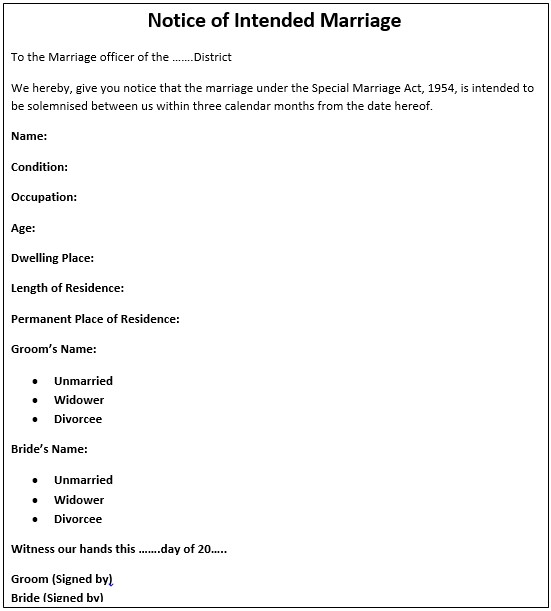
Impact of COVID-19 Spread on NRIs
Together with natives, NRIs are in a tremendous panic. The pandemic -causing deadly virus “COVID-19” is not ready to calm down. It is now globally spread, causing death of around 14,652 people in 190 countries till 24th March 2020, as per WHO reports.
Amid this deadliest outbreak, Indian government has decided to close borders for a month to curb this condition. The decision is going to be effective from Friday. As this news is broadcasted, a sudden rush to book the flight for home by NRIs is noticed. The worries to live in isolation seem secondary for them. They now have just one concern that is to reach home.
Visa cancellation
To stop Corona from being turned ugly, the immigration authority has suspended all existing visas until 15 April. But, there are leverages for diplomats, officials, UN / International organizations and for those who need to move for employment and project visas. Even, the Overseas Citizens of India (OCIs) won’t be able to enjoy visa-free travel across this country till the same date. These guidelines have been effective since 13th of March at 1200 GMT.
Impact
This announcement has caused mayhem among people who are on the short trips. They are booking for a return ticket without completing their trip. But, the airlines also have no idea about what is going to happen. They cannot premeditate the impact of visa curbs. Due to such suspensions, a large number of students are stuck in the US, as most of the universities have shut down their doors for regular classes. So, they are willing to come back but the suspended services have blocked them from all ways.
Impact on Flights
Delta has restricted its flight services to just 4 days a week from five between April and October. Qatar Airways has cut its services to Kozhikode, Thiruvananthapuram and Kochi by 44 percent since March 11. Air Tanzania and RwandAir have completely suspended its flight services to India. Only Emirates is going on with its current schedule, covering all nine destinations that it would pass through.
A senior executive at the national carrier said, “Air India would be affected due to visa curbs. However, we are assessing the situation.” This leading flight service provider has also reduced the flights’ frequency to Madrid, Paris, Frankfurt and Tel Aviv. Its 80 percent passengers are Indian nationals who prefer it over other services.
But, other foreign airlines have a slight low ratio of Indians over foreigners. It is 60:40. But, still, these airlines will continue to go ahead with their services even if the load drops. It is simply because this country has the least impact of COVID-19 infection. The number of its cases is still very less. But if required, these airlines will cut on its frequencies.
Since the global spread of this infectious virus, the foreign carriers operating to India have cancelled about 492 flights till March. On the flip side, Indian carriers have halted 96 international flights.
Now, the future will decide on what the situation will be.



 this is link
this is link